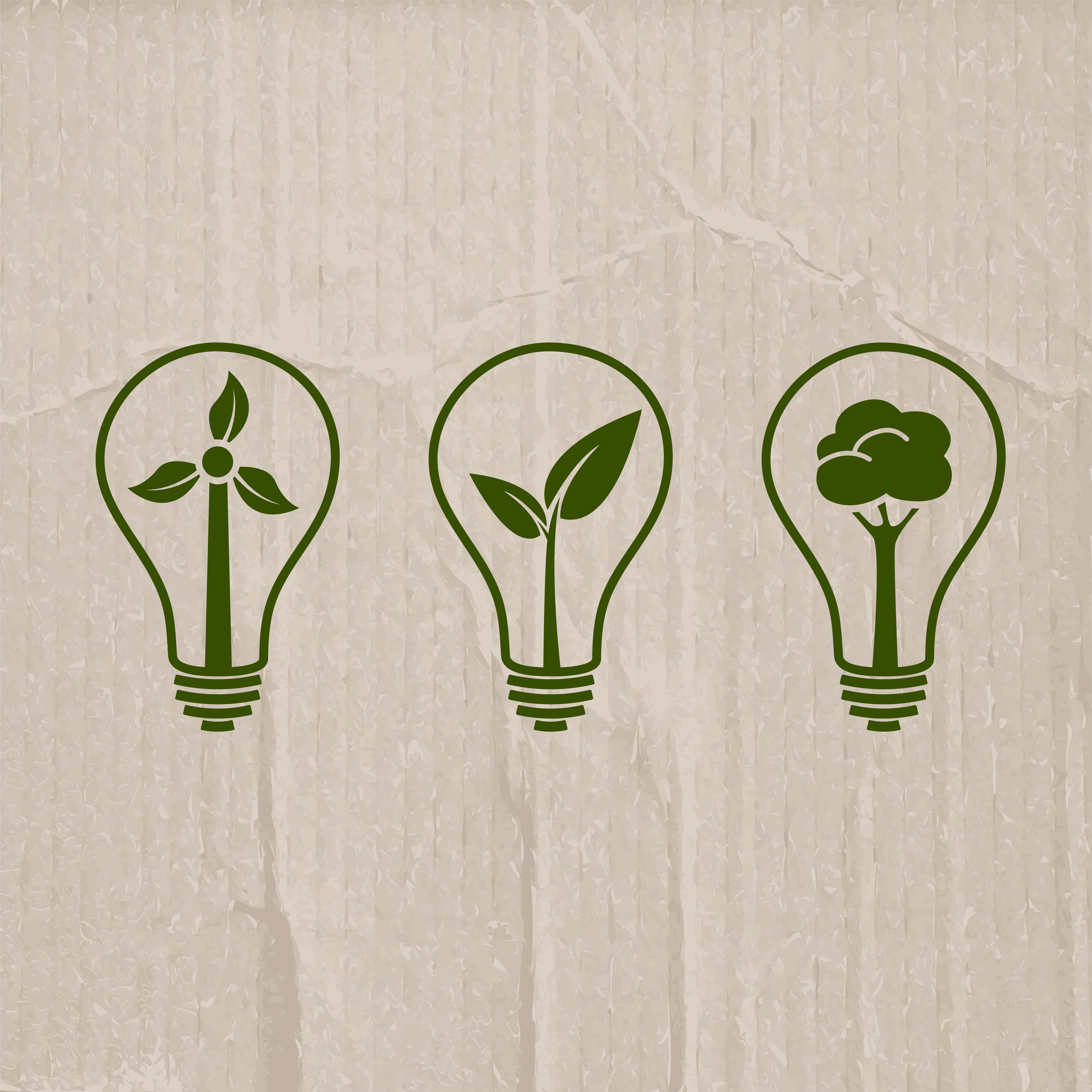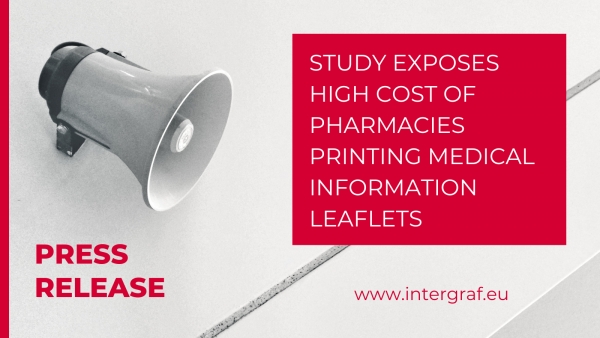21 September 2015

The case for sustainable print
An inquiry into the long-term sustainability of British manufacturing was launched this February by the Manufacturing Commission. The Commission is the research arm of the All-Party Parliamentary Manufacturing Group (APPMG). This Inquiry seeks to make practical policy recommendations by examining three important factors - Environment and Skills, Innovation, and Competitiveness - and aims to publish its findings this October.
As a member of the APPMG, the BPIF has submitted written evidence to the Inquiry, highlighting how our Climate Change Levy Reduction Scheme enables eligible companies to secure a reduction in their Climate Change Levy fees through their commitment to increase energy efficiency. We refer to our Environmental Diagnostic Toolkit, a diagnostic analysis of energy usage and specific waste streams that enables companies with more than 90 employees to improve resource efficiency whilst identifying major potential cost savings. We also explain how BPIF environmental experts help printing companies meet customers' requirements that suppliers are ISO 14001 and FSC or PEFC accredited.
Our submission argues that the transition to a more sustainable industrial system can be supported in several ways.
Government action to help industry deliver sustainable production at an affordable cost
- Encouraging greater competition between energy suppliers and removing barriers to switching supplier
- Improving security of energy supply through investment in new generating capacity
- Providing incentives to improve energy efficiency and reduce carbon emissions (especially through Climate Change Agreements)
- Ensuring that public officials responsible for producing and purchasing marketing, information, communications and educational materials understand that print is an effective and inherently sustainable communications medium and that electronic alternatives do not come with a zero carbon footprint.
Pro-active campaigns setting out the facts about industrial sustainability
- Communicating the facts about print and paper's environmental credentials
- Publicising the steps members of our industry's supply chain are taking to reduce environmental impact
- Highlighting the sustainability and effectiveness of ink on paper, relative to alternative media. We draw attention to the work of Two Sides in dispelling common environmental misconceptions and providing users with verifiable information on why print is an attractive, practical and sustainable communications medium
Calculating the carbon footprint of manufacturing and manufactured products to help customers and consumers understand the environmental impact of the sector's activities
- Developed by a consortium owned by the BPIF and the corresponding printing trade associations in Belgium, Denmark, Finland, France, Norway and Holland, ClimateCalc (www.climatecalc.eu/uk) is the only international standard for carbon calculation for the graphic industries in the world. It measures the carbon impact not only of a printing company but also of individual printed products
Recognising that products manufactured by one sector can play a significant role in reducing waste in others
- Packaging is often portrayed as unnecessary and damaging to the environment, without proper consideration being given to its wider role in enhancing sustainability in other manufacturing sectors. Despite often being presented as a waste-producing bogeyman by the press and many green lobbyists, packaging constitutes less than 3% of landfill and less than 20% of household waste
- The application of active packaging systems can significantly reduce food quality deterioration, while intelligent or smart packaging systems indicate the quality of the packaged product. The total environmental impact of packaging (including its production, recycling and disposal) is substantially less than the collateral environmental damage that would arise from wasted product if the packaging was not used. In fact packaging conserves far more resources than it ever uses
Harnessing innovative technologies to reduce consumption of resources
- Variable data printing enables personalised marketing with greater relevance to target audiences, reducing the total volume of material printed. This in turn reduces paper use and the energy required to produce and distribute the printed product (reduced weight and bulk)
- Additive manufacturing (3D printing), offers huge potential to optimise materials usage, enhance product life through greater tensile strength, and minimise distribution costs
 Intergraf Economic News (Paper Prices) - March 2024
Intergraf Economic News (Paper Prices) - March 2024
18 March 2024
Access the latest edition of the Economic Newsletter for the European Printing Industry for data on paper consumption, and pricing data for pulp, paper and recovered paper. Data for packaging papers and board is also available with this edition.
 STUDY EXPOSES HIGH COST OF PHARMACIES PRINTING MEDICAL INFORMATION LEAFLETS
STUDY EXPOSES HIGH COST OF PHARMACIES PRINTING MEDICAL INFORMATION LEAFLETS
7 March 2024
Intergraf welcomes the release of a study by our partner MLPS (Medical Leaflet = Patient Safety), a subgroup of the European Carton Manufacturers Association (ECMA) shedding light on the potential economic costs associated with the proposed use of Print on Demand (PoD) leaflets in the pharmaceutical legislation revision.
The BPIF is the printing industries champion. By becoming a member you join a diverse and influential community. We help you solve business problems, connect you to new customers and suppliers and make your voice heard in government.
Call 01676 526030









